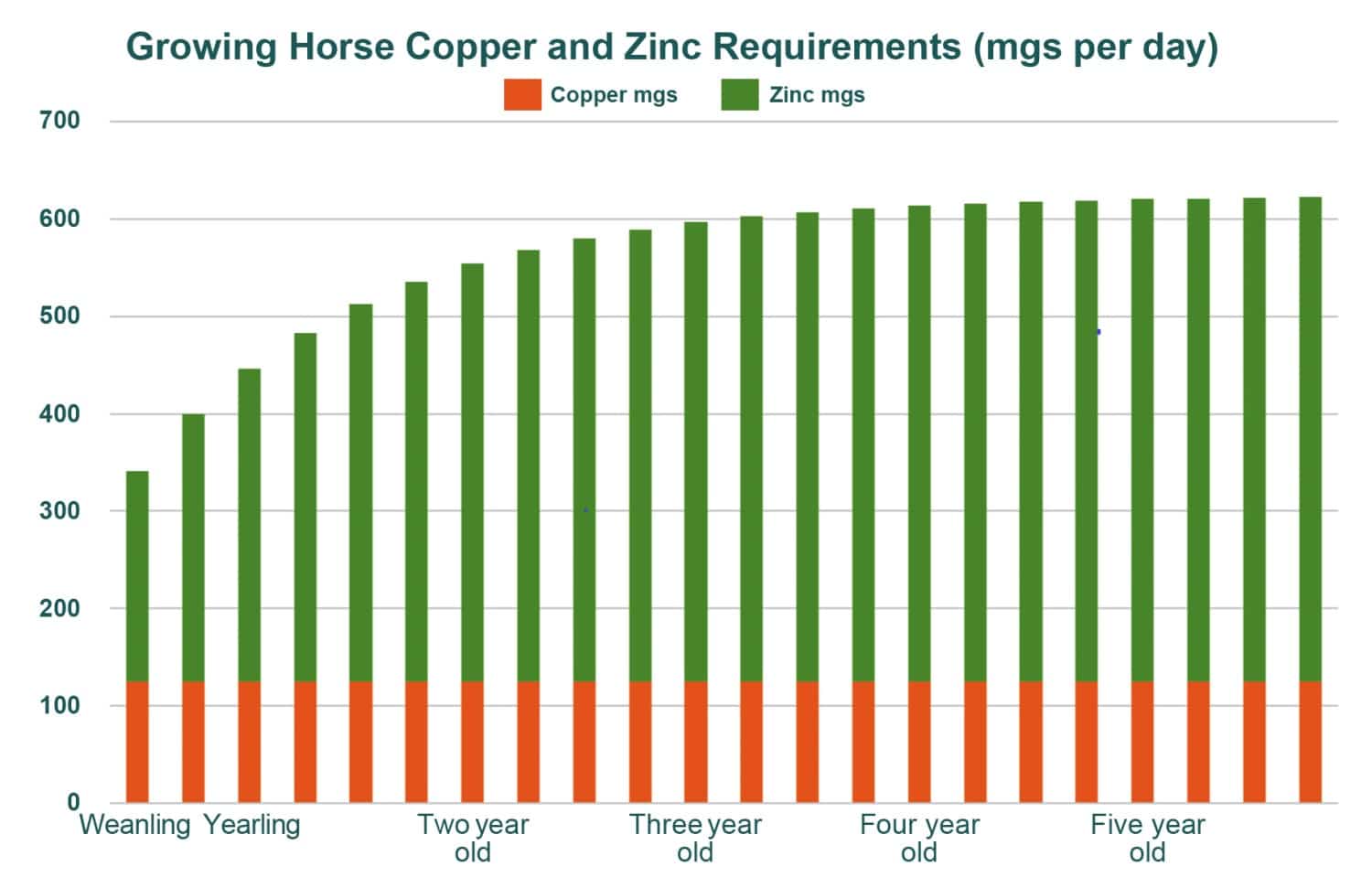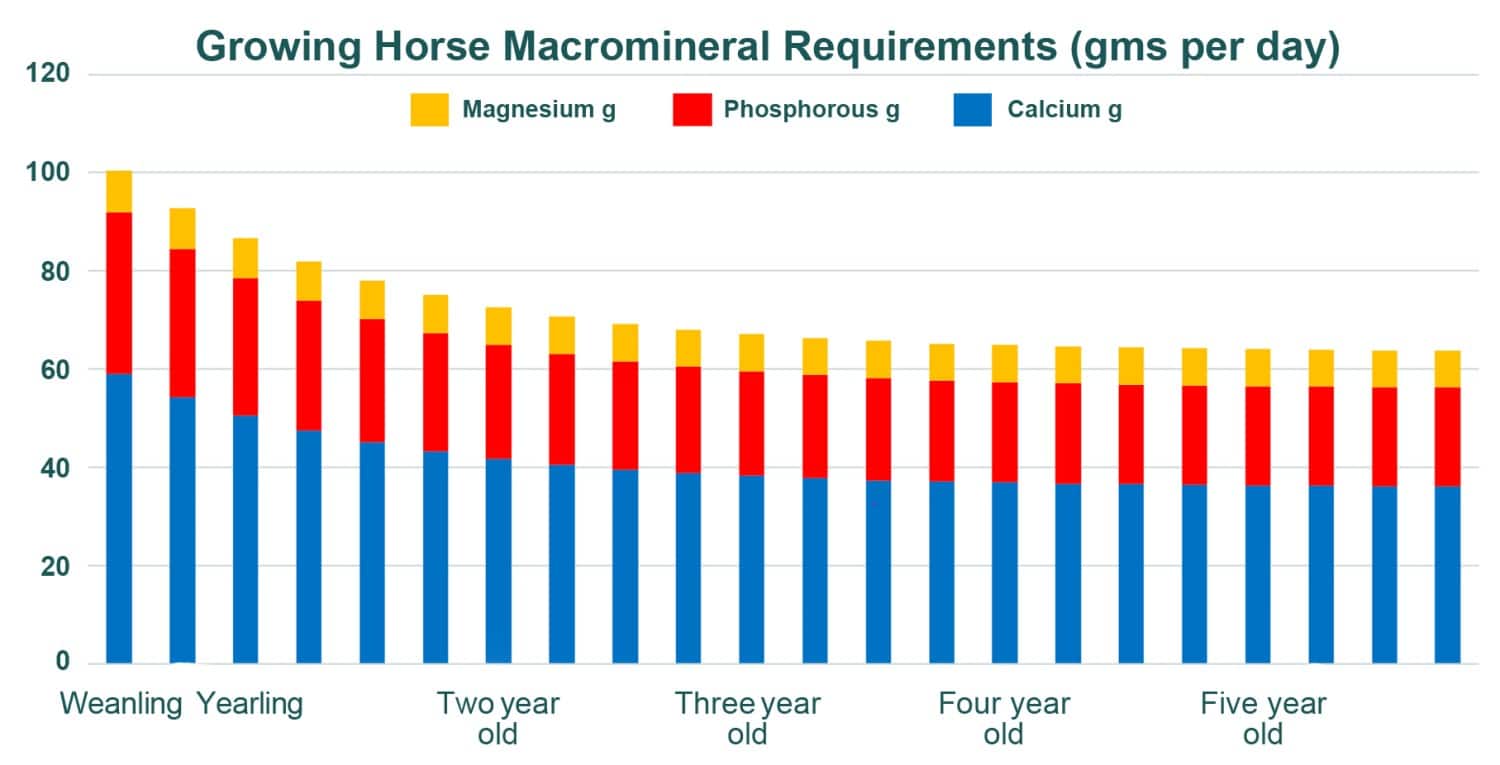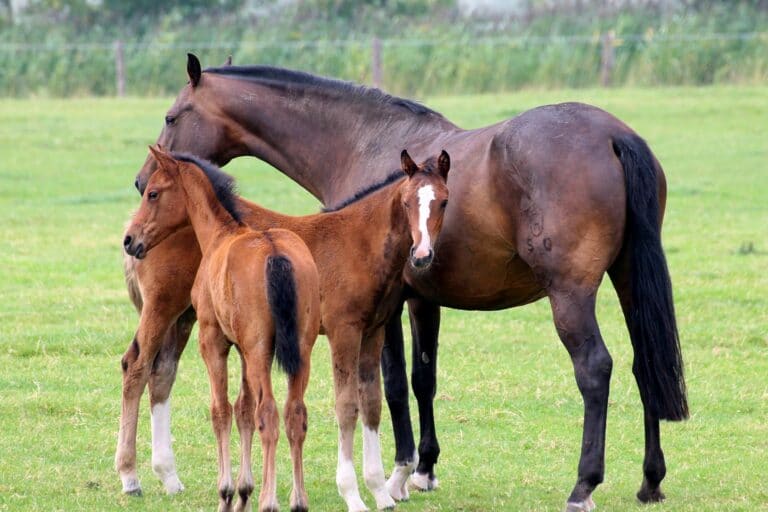Weaning can be a very stressful time for a young horse and his or her dam. But strategies such as progressive weaning or weaning foals in groups can help to reduce stress, writes LARISSA BILSTON.
The impacts of nutritional insufficiencies during growth can last a lifetime, affecting long-term health, soundness and even behaviour. Correct nutrition and strategic use of probiotics before, during and after weaning can contribute significantly to the health and well-being of mare and foal alike.
Starting slow
Prior to weaning, your foal would have most likely have been sharing the mare’s roughage and hard feed, taking an increasing share of her food each week. As the foal starts eating more it will drink less milk and the mare’s feed requirements begin to reduce gradually.
During the first week of weaning, continue the foal on the proportion of each meal you estimate s/he was taking from the mare’s feed. Do not change the foal’s feed during weaning.
If you need to improve the weanling’s diet, make changes over a two week period, gradually increasing the new feeds as you slowly phase out the old.
Weaning time is hard on the mare too, due to stress and the risk of mastitis. Feed her hay and dry pasture supplemented with mineral balancer pellets or powders mixed into a token hard feed. Avoid lush grass and do give the mare grains or pellets for a few days post-weaning while she stops producing milk. Re-introduce hard feed if necessary once her udder softens.
The stress of weaning can have negative impacts on the digestive tract and beneficial gut flora, causing digestive upset and diarrhea in both mare and foal. Research shows that use of oral probiotics, including strains of live yeast from the genus Saccharomyces, reduce diarrhea and help to maintain a more stable gut microbiome during times of stress.
Balancing your weanling’s ration
- Roughage is always the basis of a healthy ration: The first rule of good horse nutrition is to feed plenty of roughage as pasture, hay or chaff. Unless your weanling is overweight, it is safe to feed free choice grass-based roughage. When the pasture is not plentiful, replace it with grass hay.
- Sufficient quality protein: Whilst roughage provides some protein to the diet, weanlings usually need high quality protein added to their diets – especially lysine, a key amino acid which they are unable to produce in their bodies. Other important essential amino acids are methionine, threonine and leucine. Weanling diets deficient in essential amino acids will produce stunted animals with poor muscle development.
Legume forages and grains including lucerne, clover and soybean meal are effective options for adding essential amino acids to growing horse rations and are commonly found in commercial feeds formulated for breeding horses. Pure amino acid supplements can also be used in carefully calculated amounts to meet shortfalls if necessary.
Weanlings need more digestible energy (measured in calories or kilojoules) and protein than yearlings and two year olds. By three years of age, the energy and protein requirements are similar to those of a mature horse. However, the relatively high requirement for protein and lysine coupled with the smaller daily intake of a weanling means that weanlings need a diet with a higher percentage of high-quality protein than mature horses.
- Only add calories if necessary: Some weanlings can get all the energy required from roughage alone but it is common to need to supplement with an energy source at times of the year when pasture quality drops as well as when the weanling undergoes growth spurts to avoid a drop in body condition. Pasture quality is highest in young, leafy plants and declines as the plants mature and dry off.
The best way to determine a weanling’s energy requirements is to carefully and regularly monitor their body condition score and, if possible, measure growth rate by regularly weighing on scales.
- Balance with vitamins, minerals and oils: It is critical to provide vitamin and mineral supplementation to satisfy your weanling’s daily requirements. Failure to do so will compromise the long-term structural soundness of your young horse.
Forages and protein sources do not contain enough minerals to meet basic requirements, and do not provide optimum and balanced levels. Weanlings usually require more calcium, sodium, phosphorous and manganese than that provided by pasture.
A growing horse’s calcium and phosphorous requirements are much higher during the first two years than in later life. A weanling’s diet must contain supplementary calcium and phosphorous with the levels balanced over the whole intake to provide approximately twice as much calcium as phosphorous.
All equine forage-based diets need added copper, zinc, iodine and often selenium. It is also essential that the critical mineral ratios are balanced over the entire diet to optimise availability and uptake.
Copper requirements remain steady from weaning to maturity, but the zinc requirement increases as the foal matures.

Vitamins and oils help sustain healthy growth and development in young horses. Green, leafy pasture is rich in most of the vitamins that horses require, but vitamin levels decline in mature and drying plants, including hay. It is advisable to provide weanlings with a source of supplementary vitamins, including vitamins A, B, E, K, folate and biotin.
A small amount of oil is also essential in any equine diet. Ensuring a good balance of omega-3 polyunsaturated fatty acids relative to omega-6 is important for many reasons, including correct functioning of the immune system. Green leafy plants are high in omega-3 but levels rapidly decline in dry plants and hay, therefore a supplementary form of omega-3 is needed when green grass is not available.
Should I feed a commercial breeding horse pellet?
A quality breeding-specific commercial premixed feed can simplify the process of feeding your weanling a well-balanced diet, but only when they need the full recommended amount of the feed. If he or she needs less calories than the feed provides, you will need to separately supplement extra protein and mineral levels to avoid a deficiency.
For this reason, it may be simpler to provide a protein source and vitamin, mineral and omega-3 supplements separately from the energy source. This allows you to easily change the diet in response to seasonal changes as well as your yearling’s changing needs over time.
If I mix my own concentrates, what sorts of feed should I use?
- Extra energy to top up calories from roughage if required:
- Super Fibres: energy sources that are high in digestible fibre. These include beet pulp, copra or legume hulls such as soy hulls.
- Legume grains – the most commonly available is lupins. Legumes also contribute a concentrated source of protein to the diet. Due to their hard seed coat, soak to soften prior to feeding or buy processed lupins.
- Cereal grains – oats contain starch in a form which is easily digested by horses when fed raw. Other cereals such as barley and corn are poorly digested unless cooked so choose boiled, extruded, micronized or pelleted grains. Cereal by-products such as bran, pollard and millrun are lower in energy than whole grains.
- Fats and oils – can be used judiciously to boost the energy density of the diet but must be introduced very gradually to avoid digestive upset. Take care to maintain the right omega-3 to omega-6 balance.

- Extra protein to top up amino acids – especially those high in lysine:
- Lucerne, clover or other legumes in the hay or pasture.
- Full fat soybean meal (only ever buy correctly processed soybeans which have been cooked to remove trypsin inhibitors).
- Pure amino acid supplements.
- If using legume grains such as lupins for energy, they will contribute crude protein to the diet, but are lower in lysine than soybeans.
- Vitamins and minerals:
- A quality vitamin and mineral supplement rich in macrominerals, trace minerals and vitamins. Look for one designed to balance mineral ratios across the whole diet.
- Salt – sodium chloride can be purchased as table salt, stock salt, flossy salt or pool salt.
- Omega-3 balancing oils or powders. These need to contain more omega-3 than 6 to balance the high omega-6 levels naturally occurring in diets where green grass is limited. Consider choosing one which contains DHA and EPA rather than ALA alone.
- Consider a probiotic live yeast so your weanlings get better value from their food. Saccharomyces cerevisiae live yeast is scientifically proven to boost forage utilisation by turning indigestible fibre into usable energy.
The take home message
Roughage forms the foundation of every healthy horse diet. It must be balanced with vitamins, minerals and omega-3 fatty acids. It can be a wise investment to seek the advice of a qualified equine nutritionist during this critical stage of the life of your young horse.
Larissa Bilston BAgrSc (Hons 1), is a nutritionist with Farmalogic.



